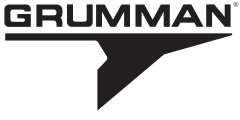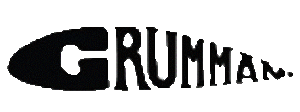Performance of the prototype and initial production aircraft met expectations; the F7F was one of the fastest piston-engine fighters, with a top speed significantly greater than single-engine USN aircraft 71 mph faster than a Grumman F6F Hellcat at sea level.

